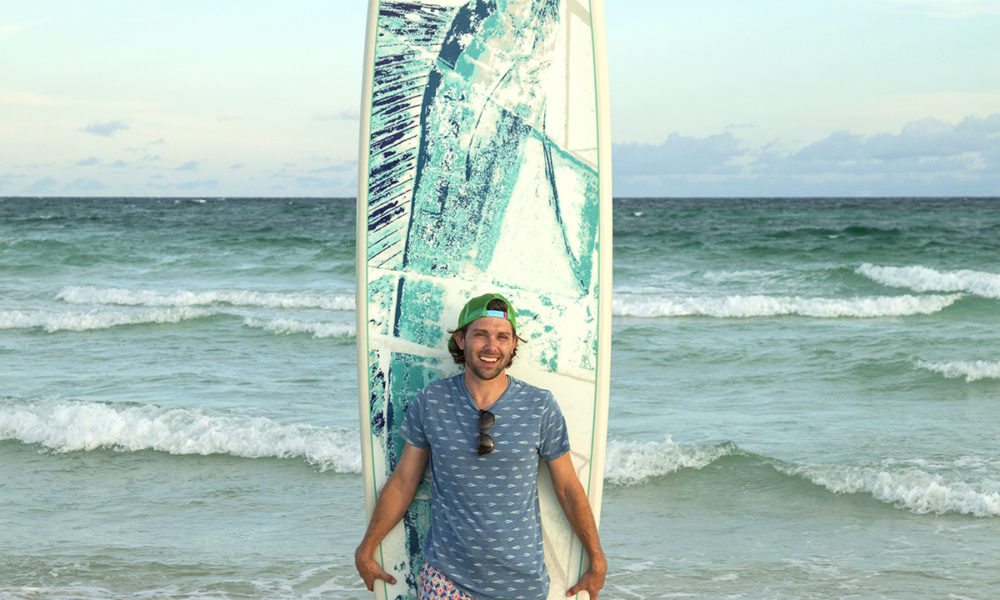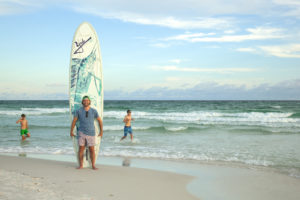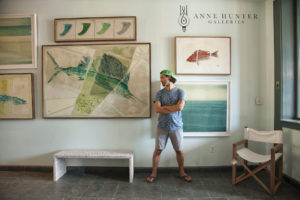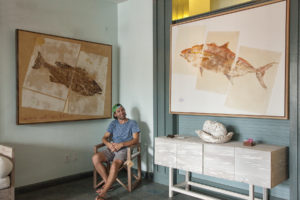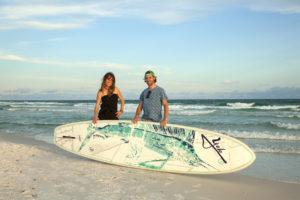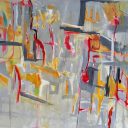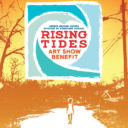While doodling during a church sermon or in class at school might be frowned upon as a sign of disrespect, for 32 year-old Richie Gudzan, doodling was an irrepressible expression of his creativity, something as uncontrollable as the color of his eyes or the shape of his face. Since the time he was old enough to pick up a crayon, Gudzan was insatiable in his passion for art, ever seeking out information on all things art, from how certain shades in paintings were created to how variations in texture could bring life and movement. Much to his parents’ credit, Gudzan’s desire to learn was never discouraged, his artistic nature never met with disapproval. Instead, it was nurtured through a constant stream of access to resources, in everything from library books that opened his mind to new ideas to art lessons that taught him techniques to enhance the gift that was already in him.
In spite of the fact that art was his first love, however, Gudzan feared a lack of stability in pursuing a career as an artist. Taking the seemingly more sensible—and more financially responsible—route of pursuing a business degree at Samford University in Birmingham, Alabama, Gudzan completed his college career with a great deal of marketing skills and business savvy in his back pocket. That back pocket, however, was not one that would forever keep him tied to a business suit, but rather one stained with paint and ink—the very lifeblood that truly sustains him and ultimately drove him to begin a life’s journey to being the very thing he once considered an impossibility: a professional artist.
Building on the years he had spent taking lessons and the knowledge he had gained from various art courses in college, Gudzan tapped his talent and explorative nature to hone techniques that truly unleashed him, working with paints to capture what his eyes saw and his soul felt and express it on canvas. Having grown up spending a great deal of time at the beach, he has naturally always found his greatest inspiration in the sea—both in the creatures that call it home as well as the natural environments that edge along the shoreline. Uniquely, however, Gudzan doesn’t just use a fish he’s seen to serve as a basis for one of his pieces—he uses the actual fish itself, practicing an ancient Japanese method of print making called gyotaku, which is achieved by painting the body of a fish with ink and laying paper over the inked side of the fish. The result is amazing, a two-dimensional rendering of the fish that is almost representational in a way, as it leaves no strict lines, but rather creates loose gaps that allow the mind’s eye to fill in the rest. “I think it creates movement,” Gudzan explains, “and I think that makes it that much more impactful.”
Gudzan’s level of success is something he might never have imagined, in those early days of college while he rode on the tide of a more traditional route. But years into his career as a full-realized artist, he can celebrate his accomplishments and look forward to the future ahead as he casts a line into a sea full of possibility and never-ending wonder.
